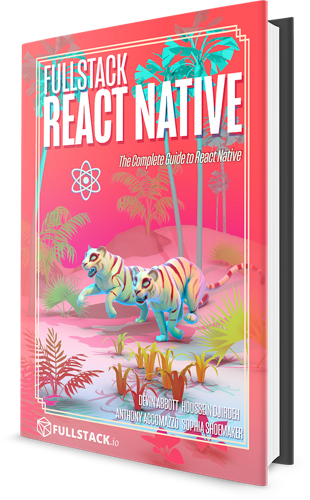useReducer
We can use React's useReducer hook to manage our application data. In this example we'll look at a small To-Do list app that manages its data with useReducer.
Reducer patterns
While useReducer doesn't enforce any particular types/shapes for states and actions, there are a few that are common when managing medium/large quantities of data:
- The actions we pass to the reducer are objects containing a
typeandpayload - We often define constants for the
type, enumerating every action our reducer function knows how to handle - We expose
actionCreatorfunctions that abstract the details of our action objects from the rest of the app - Our state is an object, so that we can add fields to it easily as our app grows
These patterns help keep the reducer code self-contained for each kind of entity in our app (e.g todos, posts, photos).
Example
Using the terminology from the Project Structure section, this app contains:
- A "container" component,
App, that connects our application/business logic for adding and removing To-Do items with our UI components - 3 "presentational" components that we use to display our UI:
List,Input, andTitle - A
todosfile that contains the initial state of our app and a reducer function for updating the state
Want to learn React Native in-depth?
If you like React Native Express, you'll love my new book, Fullstack React Native: The complete guide to React Native! Throughout the book, we'll build 7 full apps, covering complex topics like navigation, gestures, and native modules. We don't assume any knowledge of React or newer JavaScript language features, so you can dive right in regardless of your experience level. The book comes in PDF, EPUB and MOBI formats.
Community Resources
Looking for more help?
Infinite Red sponsors React Native Express and is the premier React Native agency. They're also the team behind the React Native newsletter, podcast, and conference listed here. Get in touch at infinite.red/react-native for a proposal on your next project!
